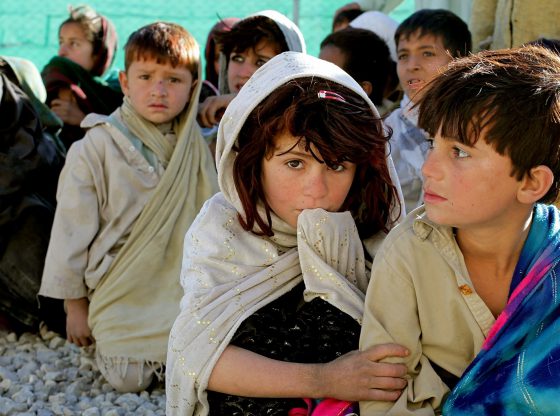South Korean women who are born in 2030 are expected to be the first people that on average become 90 years old, according to a new study.

Women will continue to outlive men but South Korean women are expected to take top spot on the longevity league table, exceeding the age of 90 (90.8).
The researchers have weighed several models to produce a life expectancy forecast with different certainty levels given that economic development continues.
The reason for the increase in life expectancy is assumed to be educational level, economic status, good health care system, low blood pressure, and that few people are obese.
In the study, researchers looked at 35 countries with good economic development. Longevity will increase in all measured countries. South Korean men fare best at 84.1 years of age, followed by men in Australia and Switzerland who are expected to reach 84.
“Life expectancy is projected to increase in all 35 countries with a probability of at least 65% for women and 85% for men. There is a 90% probability that life expectancy at birth among South Korean women in 2030 will be higher than 86·7 years, the same as the highest worldwide life expectancy in 2012, and a 57% probability that it will be higher than 90 years. Projected female life expectancy in South Korea is followed by those in France, Spain, and Japan. There is a greater than 95% probability that life expectancy at birth among men in South Korea, Australia, and Switzerland will surpass 80 years in 2030, and a greater than 27% probability that it will surpass 85 years.”
The increased life expectancy is certainly to be welcomed, but the researchers warn that it will have major implications for health and social services, with additional investment in health and social care will be needed and possibly changes to retirement age as well.
Reference:
Vasilis Kontis et al “Future life expectancy in 35 industrialized countries: projections with a Bayesian model ensemble, The Lancet, February 21, 2017, http://dx.doi.org/10.1016/S0140-6736(16)32381-9


















